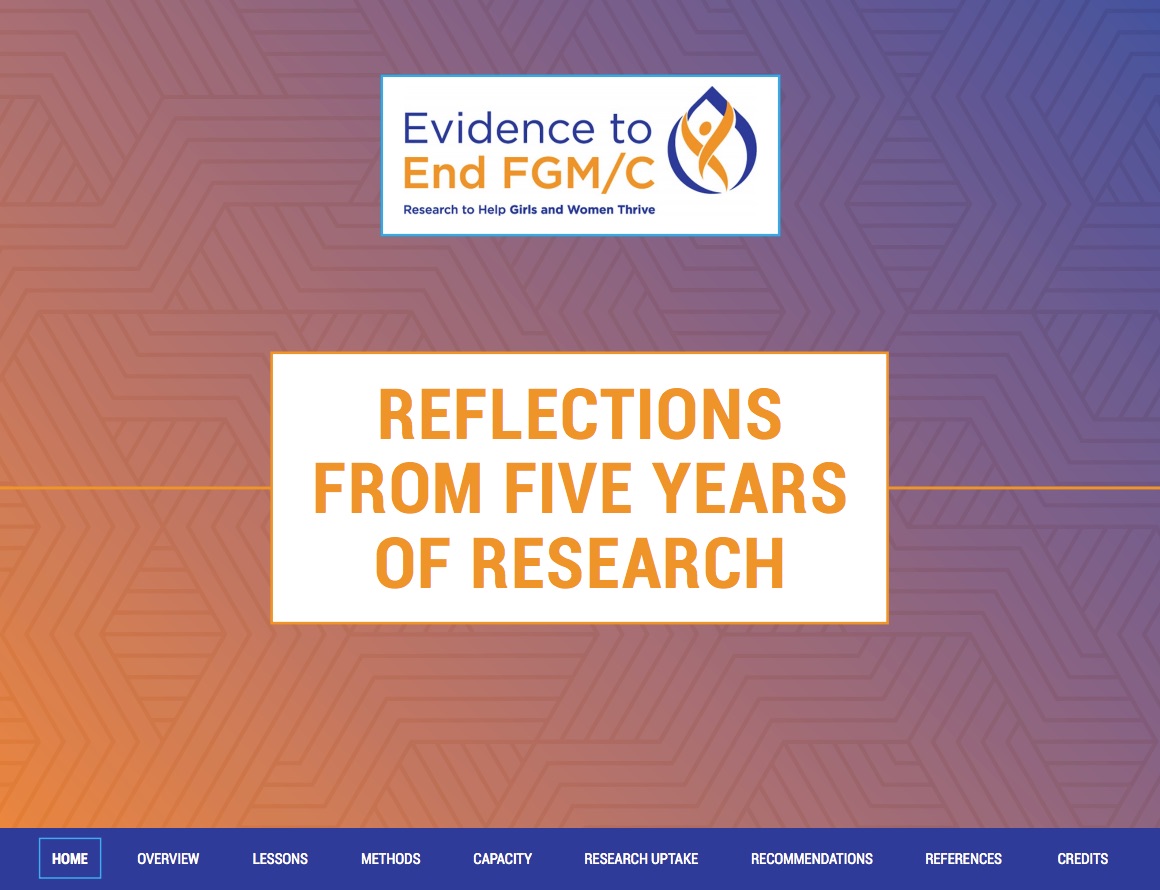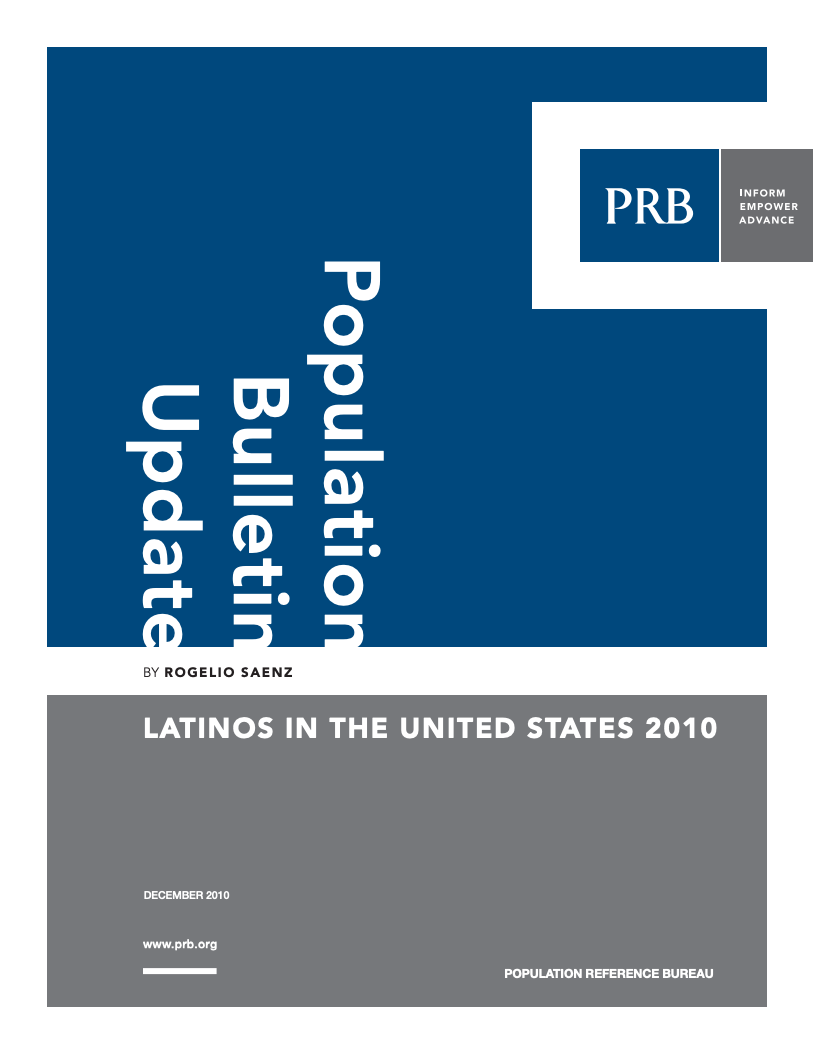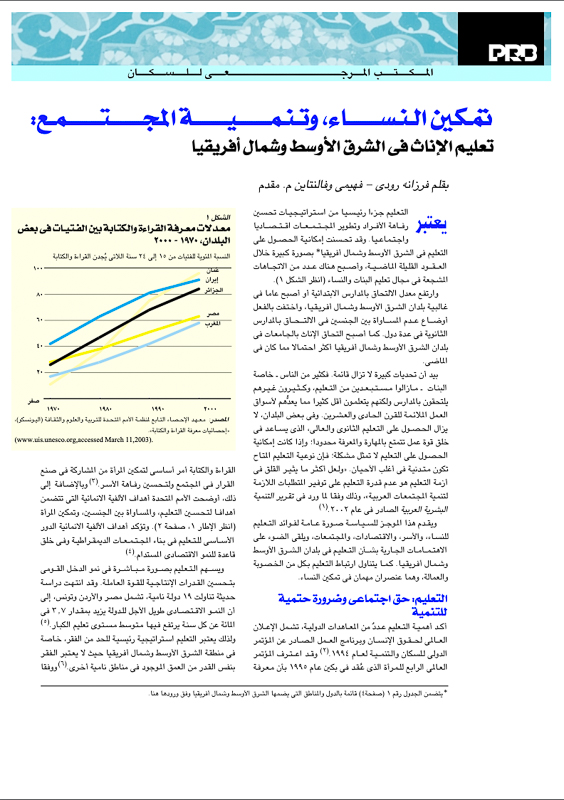196 Search Results Found For : "̷ o1_Ȼ64_ Ǯ û(SOM) ̷ Ǯ Ǯ"
PRB Discuss Online: The Middle East Youth Bulge, Causes and Consequences
(2008) Recent demographic trends have created a youth bulge in the Middle East and North Africa, with nearly one in every five people age 15 to 24. Despite its oil wealth and improved health and education systems, the region's political, social, and economic systems still do not meet the needs of this rapidly growing young population.

Project: Evidence to End Female Genital Mutilation/Cutting
Report. Reflections From Five Years of Research on FGM/C
From 2015 to 2019, the African-led consortium developed innovative research methods and uncovered new evidence about the practice and how it is changing—focusing on families and communities, and health and legal systems—in eight countries: Burkina Faso, Egypt, Ethiopia, Kenya, Nigeria, Senegal, Somalia, and Sudan.

Project: Center for Public Information on Population Research (CPIPR)
Pandemic Lockdowns Disrupted Family Planning and Other Reproductive Health Care Worldwide
In the United States, women from disadvantaged groups faced more barriers to contraceptive care during COVID.

Project: Evidence to End Female Genital Mutilation/Cutting
Reflections From Five Years of Research on FGM/C
From 2015 to 2019, the African-led consortium developed innovative research methods and uncovered new evidence about the practice and how it is changing—focusing on families and communities, and health and legal systems—in eight countries: Burkina Faso, Egypt, Ethiopia, Kenya, Nigeria, Senegal, Somalia, and Sudan.
Global Aging and the Demographic Divide
(2008) In the latter half of the last century, the world's developed nations completed a long process of demographic transition.1

Social and Economic Well-Being and the Future for Latinos in the United States
(2010) U.S.-born Latinos and foreign-born Latinos face widely different social and economic experiences in the United States.

Report. Empowering Women, Developing Society: Female Education in the Middle East and North Africa (Arabic)
(2003) Education is a key part of strategies to improve individuals' well-being and societies' economic and social development.

Capturing COVID’s Impact on the American Community Survey Across Counties
The average county saw an 8.4% decrease in final interviews for the 2016-2020 survey. Which counties saw the steepest drops?
